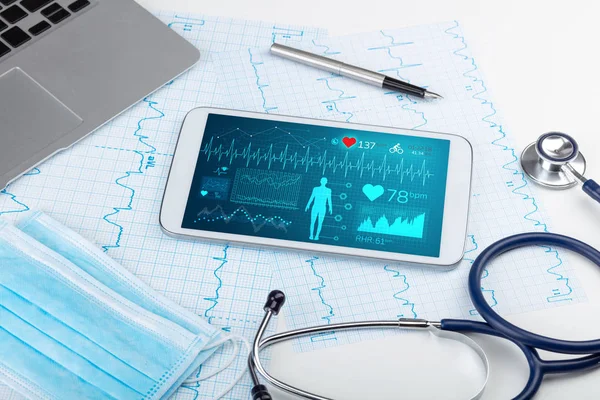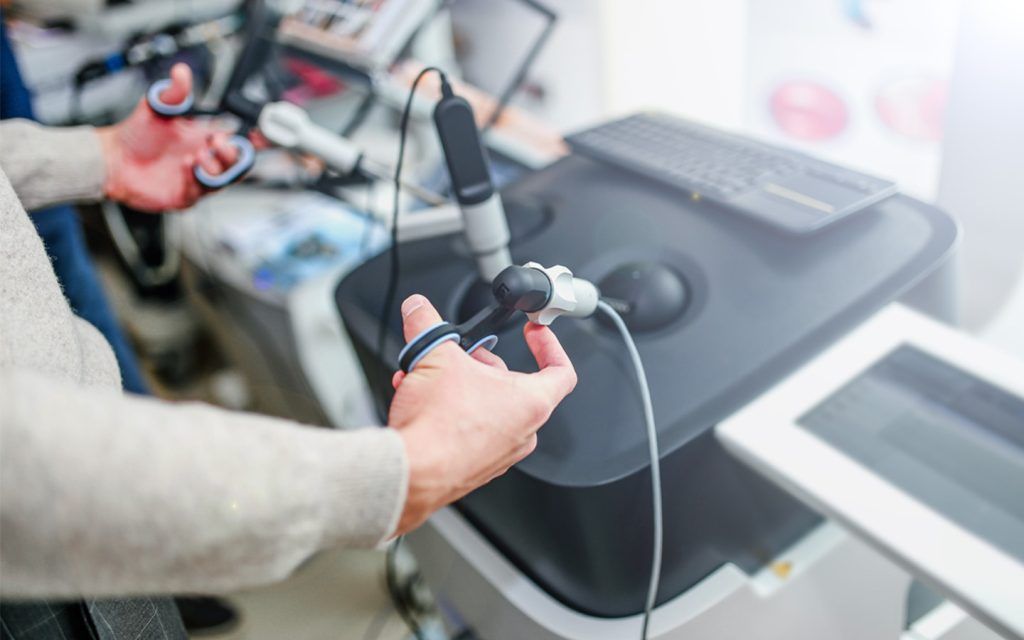Robotic technology has revolutionized the field of surgery, offering unparalleled precision and control to surgeons. In recent years, robotic-assisted surgery has become increasingly common in hospitals and medical centers around the world. This article explores the role of robotics in modern surgery and the benefits it offers to patients and healthcare professionals.
Enhanced Precision and Accuracy
One of the key advantages of robotic surgery is its ability to provide enhanced precision and accuracy during complex procedures. The robotic arms used in surgery are equipped with advanced technology that allows for precise movements and control, minimizing the risk of human error. This level of precision can lead to better patient outcomes and reduced complications during surgery.
Improved Patient Safety
Robotic-assisted surgery can also improve overall patient safety. The use of robotics allows for minimally invasive procedures, which can result in smaller incisions, less pain, and faster recovery times for patients. Additionally, the robotic system can provide real-time feedback to the surgeon, alerting them to potential issues and helping to prevent complications during surgery.
Shorter Hospital Stays
Another benefit of robotic surgery is the potential for shorter hospital stays and quicker recovery times. Because robotic-assisted procedures are less invasive than traditional surgery, patients may be able to leave the hospital sooner and return to their normal activities more quickly. This can lead to a higher quality of life for patients and lower healthcare costs for providers.
Expanded Surgical Capabilities
Robotic technology has expanded the capabilities of surgeons, allowing them to perform complex procedures with greater ease and precision. The robotic system can provide a magnified, 3D view of the surgical site, allowing for better visualization and control during surgery. This can open up new possibilities for minimally invasive surgery in areas such as urology, gynecology, and cardiothoracic surgery.
Training and Education
Robotic surgery also offers benefits for training and education in the medical field. Surgeons can use robotic systems in virtual simulations to practice procedures and improve their skills before performing surgery on actual patients. This can lead to better outcomes for patients and a higher level of expertise among surgical teams.
Future Trends in Robotic Surgery
As technology continues to advance, the role of robotics in modern surgery is likely to expand even further. Future trends may include the use of artificial intelligence to assist surgeons in decision-making during procedures, as well as the development of smaller and more precise robotic systems for microsurgery. These innovations have the potential to revolutionize the field of surgery and improve outcomes for patients in the years to come.
In conclusion, robotics plays a crucial role in modern surgery, offering benefits such as enhanced precision, improved patient safety, and expanded surgical capabilities. As technology continues to advance, the future of robotic-assisted surgery holds great promise for both patients and healthcare professionals.

